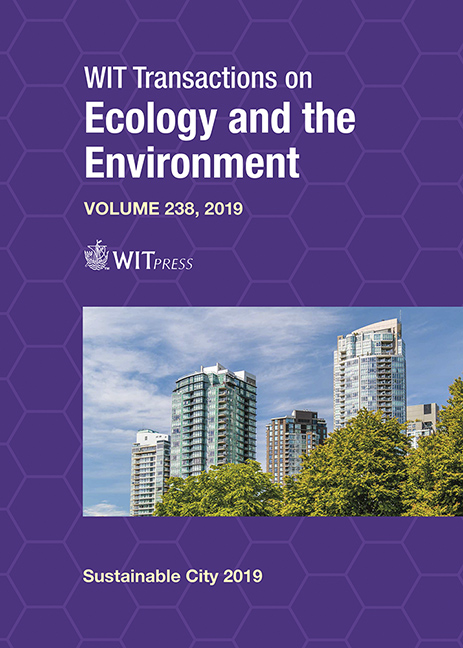INTEGRATING USER PREFERENCES INTO URBAN GREEN AND BLUE INFRASTRUCTURE PLANNING: INSIGHTS FROM HALLE, GERMANY AND STOCKHOLM, SWEDEN
Price
Free (open access)
Transaction
Volume
238
Pages
12
Page Range
233 - 244
Published
2019
Paper DOI
10.2495/SC190211
Copyright
WIT Press
Author(s)
LINA RÖSCHEL, MCKENNA DAVIS, SANDRA NAUMANN
Abstract
Ongoing urban densification and the resultant stress on socio-ecological systems necessitate the development of innovative strategies for safeguarding green and blue infrastructure (GBI) and the benefits it provides. Yet, while GBI is increasingly recognised as an effective tool to respond to urban challenges, outcomes are often less than ideal. The capacity of multifunctional natural areas to simultaneously address user preferences, answer municipal needs, and fulfil wider political obligations is far from being fully realised. The present article responds to this situation and highlights the Q-method as an effective approach for assessing and integrating user viewpoints on urban GBI and its benefits in urban decision-making and planning processes. The application of the Q-method with 227 participants in two case study sites – Halle, Germany and Stockholm, Sweden – forms the basis for our analysis and conclusions. Results indicate that four main stakeholder groups are present in each city, with each group having clear preferences for specific green and blue characteristics, such as areas shaded by trees, access to water for swimming, “wild” nature, and manicured grass fields. By establishing which features are shared across groups, urban planning processes can successfully integrate public subjectivity into decision-making processes and respond to user preferences. The Q-method can thereby support an optimised use of public funds in urban planning to ensure that user needs are met and public acceptance is high, while safeguarding critical GBI benefits. This research was carried out as part of the ENABLE project, funded through the BiodivERsA COFUND call for research proposals.
Keywords
green infrastructure, sustainable urban planning, Q-method, user preferences, Halle, Stockholm





